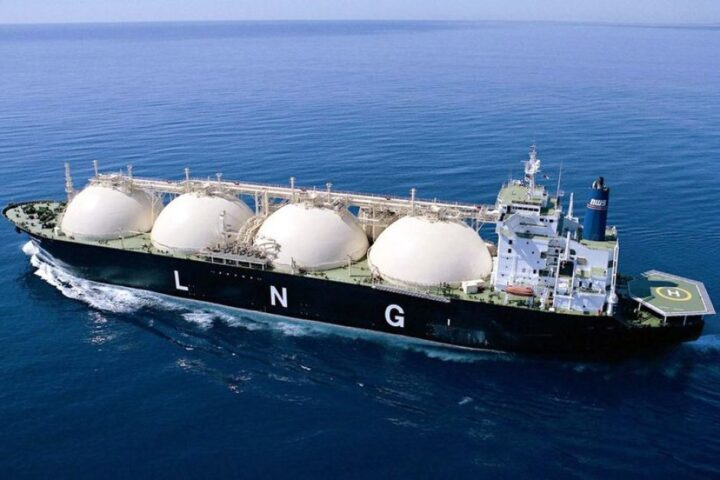The country was “incredibly lucky” to avoid devastating flooding during Storm Éowyn as new research shows if it had hit Ireland a week earlier, sea levels could have reached over 5m above normal in some parts.
Researchers from the University of Galway said the data recovered from the hours around Storm Éowyn “shows just how narrowly tens of thousands of people avoided tidal inundation and threats to cities, towns and coastal communities.”
During the storm on 24 January, record-breaking wind gusts of 184km/h were recorded, causing an estimated €200 million in damage and leaving 768,000 electricity customers without power.
The highest 10-minute wind speed reached 142 km/h at the Atmospheric Research Station in Ceann Mhása, Co Galway.
The study from the University of Galway found Éowyn “generated the highest storm surges ever recorded at key locations on Ireland’s western seaboard”.
Dr Niall Madden, Mathematical and Statistical Sciences at University of Galway, said the country was “incredibly lucky”.
“The worst of the storm surge coincided with a low and ebbing tide. Had it hit just a few hours earlier, on a full or flooding tide, Galway could have been dealing with a double disaster of record high winds and record high flooding,” he said.
Dr Indiana Olbert, of the School of Engineering, said the study also “shows that a rise in mean sea level rise will significantly increase the risk of coastal flooding in the future”.
“It is hard to imagine how narrowly we avoided unprecedented storm surge flooding and an inundation, in particular in towns and cities,” Dr Olbert said.
The research team analysed sea level information from 47 datasets and found levels were “more than 2.5m above the normal predicted tidal water level”.
The storm surge peaked at 2.60m above the normal predicted astronomical tide at Galway Port and 2.70m above tidal level at Shannon Airport.
The highest surge recorded along the western coastline was 2.99m above tidal level at Limerick Docks.
“Had these surges occurred a week earlier during the high water spring tide, the water levels would have been much higher, with data predicting that the water level at Galway Port would have reached 4.96m, Limerick Dock at 5.85m, and Shannon Airport at 5.43m above mean sea level, inundating the areas,” the study found.
Dr Olbert said the research also found “the drivers of flooding in Ireland show that the anthropogenic climate change – that’s the changes related to human activity – will drive more extreme rainfall and generate more intense flooding.
“Such changes are likely to continue with further warming. In future we will witness more extreme weather events that will result in devastating floods,” she added.














